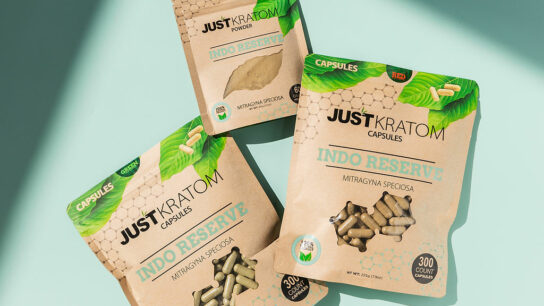Introduction
The food industry is constantly evolving, with new trends and innovations shaping the way we eat and think about food. In 2019, several significant food trends emerged, driven by changing consumer preferences, health-conscious choices, sustainability concerns, and technological advancements. This comprehensive guide explores the big food trends that dominated the industry in 2019. We will delve into plant-based diets, functional foods, sustainable practices, mindful eating, alternative proteins, personalized nutrition, and the rise of food delivery services. By understanding these trends, both consumers and food businesses can stay ahead of the curve and make informed choices.
Plant-Based Diets and Beyond
In 2019, plant-based diets gained immense popularity, with more people adopting vegetarian, vegan, or flexitarian lifestyles. This shift was driven by various factors, including health and environmental concerns. Plant-based alternatives to meat, dairy, and eggs gained traction, with products like plant-based burgers and non-dairy milk becoming more widely available. The trend expanded beyond traditional plant-based foods, with companies developing innovative products such as plant-based seafood and dairy-free ice cream. This trend reflected a growing demand for sustainable and cruelty-free food options.
Functional Foods for Health and Wellness
Functional foods, which provide additional health benefits beyond basic nutrition, were in the spotlight in 2019. Consumers sought out foods and beverages enriched with functional ingredients like probiotics, antioxidants, and adaptogens. These ingredients were believed to support digestive health, boost immunity, enhance cognitive function, and promote overall well-being. Functional beverages such as kombucha and turmeric-infused drinks gained popularity, as did snacks fortified with superfoods like chia seeds and matcha.
Sustainable Practices and Conscious Consumerism
Sustainability became a significant focus in the food industry in 2019. Consumers were increasingly mindful of the environmental impact of their food choices, leading to a rise in sustainable practices. This included a push for reducing food waste, adopting eco-friendly packaging, sourcing locally produced ingredients, and supporting sustainable farming practices. Consumers sought out brands that prioritized transparency and ethical sourcing, while businesses implemented initiatives to reduce their carbon footprint and promote sustainability throughout the supply chain.
Mindful Eating and Wellness
Mindful eating, the practice of being present and fully engaged with the eating experience, gained attention in 2019. This trend emphasized the importance of slowing down, savoring meals, and listening to the body’s hunger and fullness cues. Mindful eating was associated with improved digestion, reduced overeating, and increased enjoyment of food. Restaurants and food brands incorporated mindfulness into their offerings, such as mindful eating workshops, meditation-inspired meals, and mindful cooking classes.
Alternative Proteins and Meat Substitutes
The demand for alternative proteins soared in 2019 as consumers sought out meat substitutes for various reasons, including health, environmental, and animal welfare concerns. Beyond traditional plant-based options, innovative protein sources like pea protein, algae, and insects gained traction. Companies introduced a range of meat substitutes, including plant-based burgers, sausages, and chicken alternatives that closely mimicked the taste and texture of meat. The success of these products signaled a shift in consumer preferences towards more sustainable protein choices.
Personalized Nutrition and Dietary Customization
Advancements in technology and the growing understanding of individual nutritional needs paved the way for personalized nutrition in 2019. The concept of tailoring diets to individual genetic makeup, health conditions, and lifestyle factors gained momentum. Companies offered personalized meal plans, DNA-based diet recommendations, and nutritional tracking apps to help consumers optimize their eating habits. This trend aimed to provide individuals with targeted nutrition that supported their specific health goals and dietary restrictions.
Rise of Food Delivery Services
Food delivery services witnessed explosive growth in 2019, driven by convenience-oriented consumers seeking restaurant-quality meals delivered to their doorstep. On-demand food delivery apps connected consumers with a wide range of cuisines and dining options. These services expanded beyond traditional fast food, with high-end restaurants and specialty eateries also offering delivery. The trend prompted restaurants to adapt their menus and packaging to accommodate the increasing demand for delivery, further transforming the food industry.
Conclusion
The big food trends in 2019 reflected the evolving preferences of consumers towards healthier, sustainable, and personalized food choices. From plant-based diets and functional foods to sustainable practices and mindful eating, these trends shaped the way we eat and think about food. Food businesses that adapted to these trends were able to meet the changing demands of consumers, while individuals had access to a wider range of options that aligned with their values and health goals. Understanding these trends can help both consumers and food businesses make informed decisions and contribute to a healthier and more sustainable food landscape.
- Restaurants Are Adding Cannabis-Derived Ingredient To Their Menus - July 6, 2023
- The Big Food Trends In 2019 - July 6, 2023




